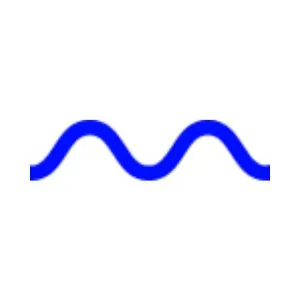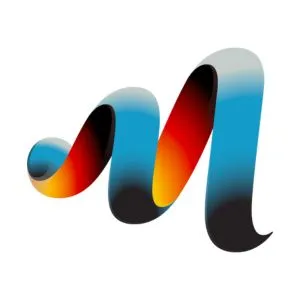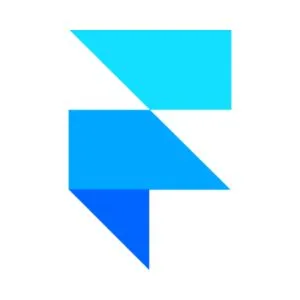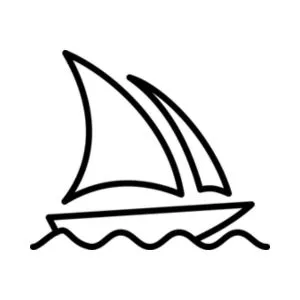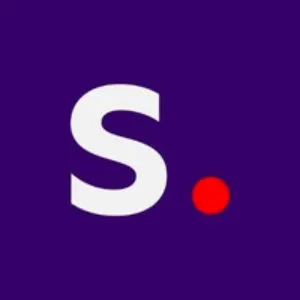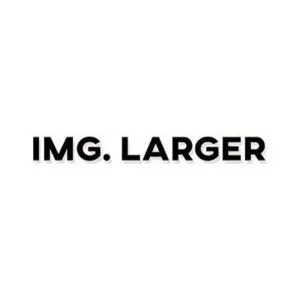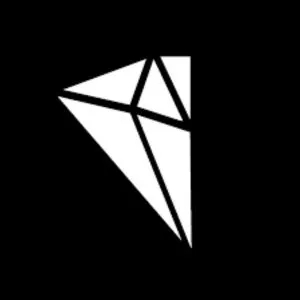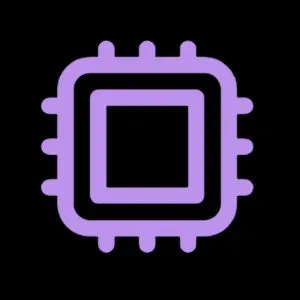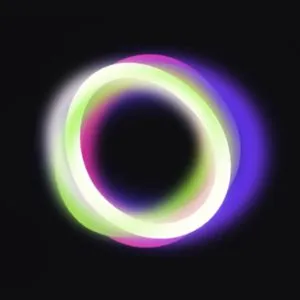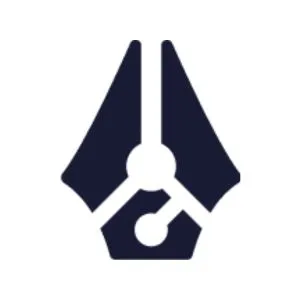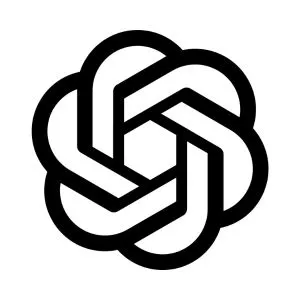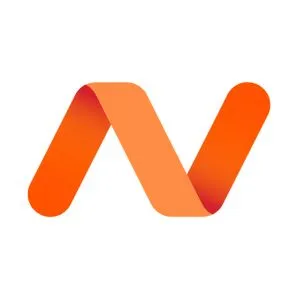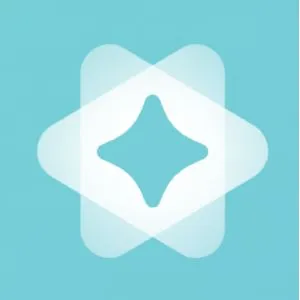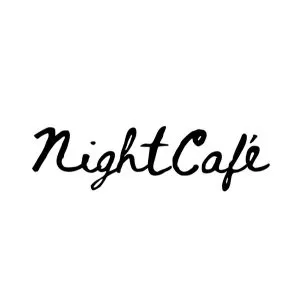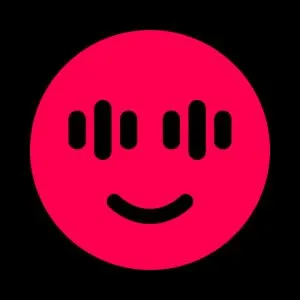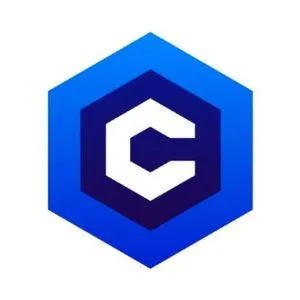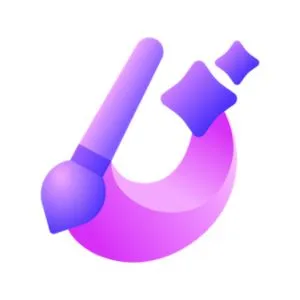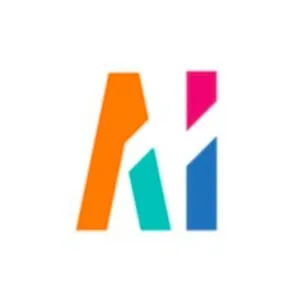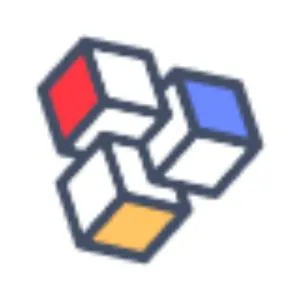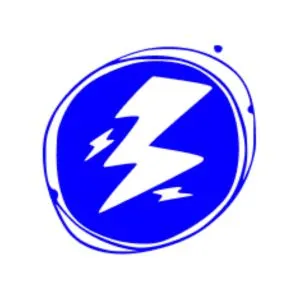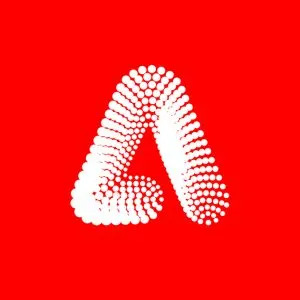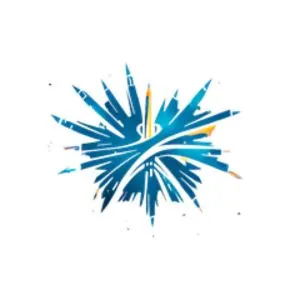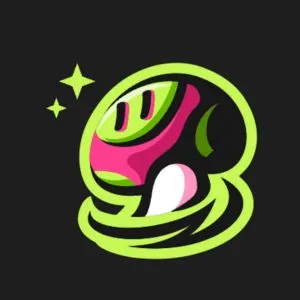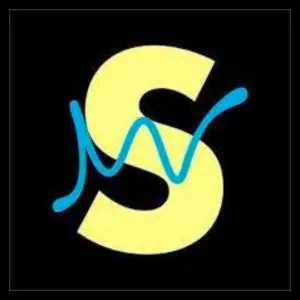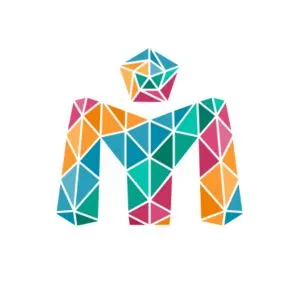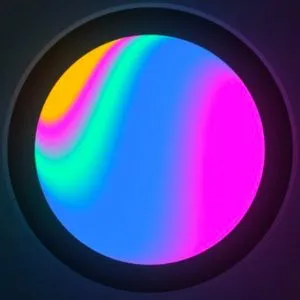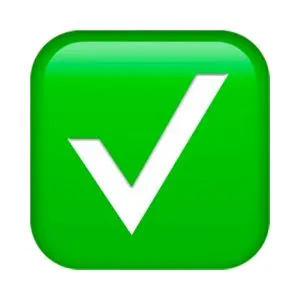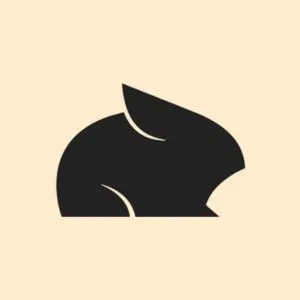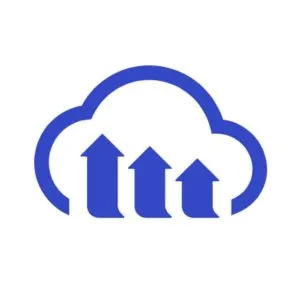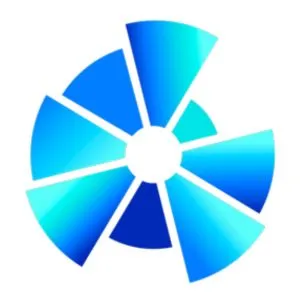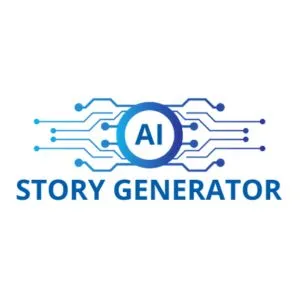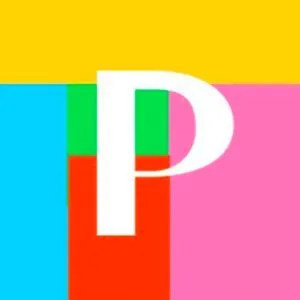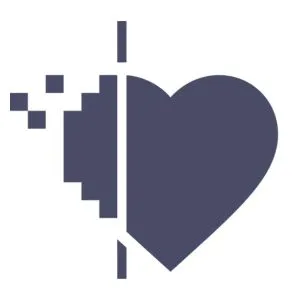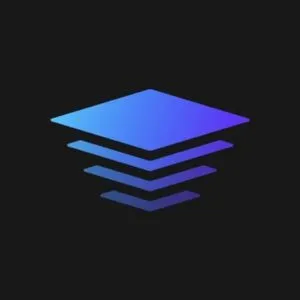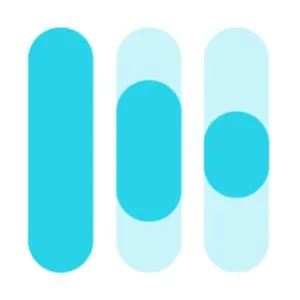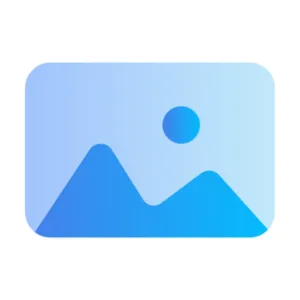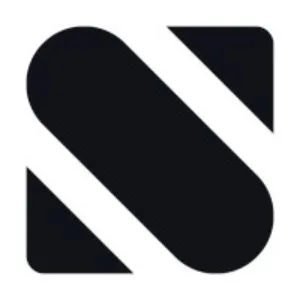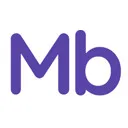Do you dream of revolutionizing your art thanks to new technologies? Les AI benefits for artists are numerous and promising. Artificial intelligence is opening up new creative perspectives. In this article, we'll take a look at how AI can transform your artistic process.
What is the impact of AI on art?
Artificial intelligence has changed the art world by offering artists new ways to create. In 2025, more than 70% of digital artists use AI tools to enrich their work. AI makes it possible to generate new images, sounds and styles, thus opening the door to creativity limitless.
Galleries and museums are integrating more and more works created by AI. In 2024, MoMA devoted an entire exhibition to art generated by artificial intelligence, attracting more than 500,000 visitors in three months. This evolution testifies to the public's enthusiasm for these new forms of expression.
The benefits of AI for artists
One of the main pros of AI for artists is the acceleration of creative process. Les algorithms can generate hundreds of sketches or compositions in a few seconds, where it would have taken hours before. This allows artists to quickly test ideas and focus on the finishing phase.
In addition, AI offers the possibility to explore new artistic styles. For example, the generative adversarial networks (GANs) can create works combining different artistic trends. In 2024, a work generated by AI was auctioned for 500,000 euros, attesting to the recognition ofAI-assisted art on the market.
In addition, AI allows a human-machine collaboration unpublished. Artists can interact with intelligent systems to co-create works, thus bringing an interactive dimension to their work. For example, programs can analyze the artist's aesthetic preferences and suggest personalized suggestions.
AI also offers opportunities for personalize the experience spectators. Thanks to thedata analysis, artists can adapt their works in real time according to the reactions of the public. This creates a dynamic interaction, reinforcing the engagement and immersion of viewers.
According to a recent study, 65% of viewers feel more involved when they interact with adaptive art powered by AI. This trend is expected to increase with the evolution of immersive technologies Like the virtual and augmented reality.
AI in the artistic creation process
AI can intervene at various stages of artistic creation. It can generate ideas, propose harmonious color palettes, or even simulate materials and textures. For example, apps Use the Machine learning to turn a simple sketch into a detailed illustration.
On average, artists who incorporate AI into their creative process save up to 30% of time on the realization of their projects. This allows them to focus more on conceptualization andartistic expression rather than technical aspects.
Artists can also use AI to analyze artistic trends. En dealing with large amounts of data, AI can identify popular patterns and styles, helping artists understand market preferences. This data-driven approach can improve the commercial strategy of artists.
Examples of works created with AI
Numerous contemporary artists use AI to create innovative works. For example, the artist Mario Klingemann created a series of portraits generated by algorithms that have been exhibited in international galleries. In 2023, the Obvious collective sold an AI-generated portrait at Christie's for over 400,000 dollars.
Artist Refik Anadol uses AI to create visual installations monumental. His works combine real-time data with light projections to transform thepublic space. In 2025, his “Data Universe” installation attracted over 1 million visitors in six months in New York.
Likewise, the artist Sougwen Chung collaborates with AI-powered robots to make paints. His machines learn from his gestures and co-create hybrid works combining human art and artificial intelligence. This symbiosis pushes the boundaries of creativity and questions the role of the artist.
The limits and challenges of AI in art
Despite its many benefits, AI also presents challenges for artists. One of the main ones is the question of intellectual property. Who is the real author of a work created by a machine? Additionally, there are concerns about thegenuineness and the originality of AI-generated works.
Another challenge is theaccessibility AI technologies. The software and hardware required may represent a significant cost for independent artists. On average, the basic equipment to create with AI can cost up to 5,000 euros, not including the costs of training.
Finally, there are ethical concerns related to the use of AI in art. Algorithms can reproduce biases present in the training data, which raises questions about diversity and inclusion in the works generated. Artists must be vigilant about these aspects to ensure a responsible practice.
The future of art and AI
AI will continue to influence the art world in the years to come. Les technological advancements will allow artists to repel limits of creativity. It is estimated that by 2030, more than 80% of artists will use AI tools in their creative process. AI will not replace the artist, but will become an indispensable companion.
With the emergence ofartificial general intelligence (IAG), the creative possibilities could be even wider. The IAG could create fully autonomous works, capable of evolving and adapting in real time. This opens up fascinating perspectives for theinteractive and evolving art.
Experts predict that by 2035, AI could generate custom artwork for each individual, based on their preferences and emotions. It would revolutionize the way we perceive and consume art, making it more reachable and relevant for everyone.
Conclusion
In short, the AI benefits for artists are considerable and shape the artistic landscape of the 21st centuryE century. AI gives artists new tools to explore, create, and interact with their audiences. Although challenges remain, especially in terms of ethics and accessibility, AI represents a unique opportunity to revolutionize art. Artists who know how to embrace these technologies will have a definite advantage in the artistic world of tomorrow.









